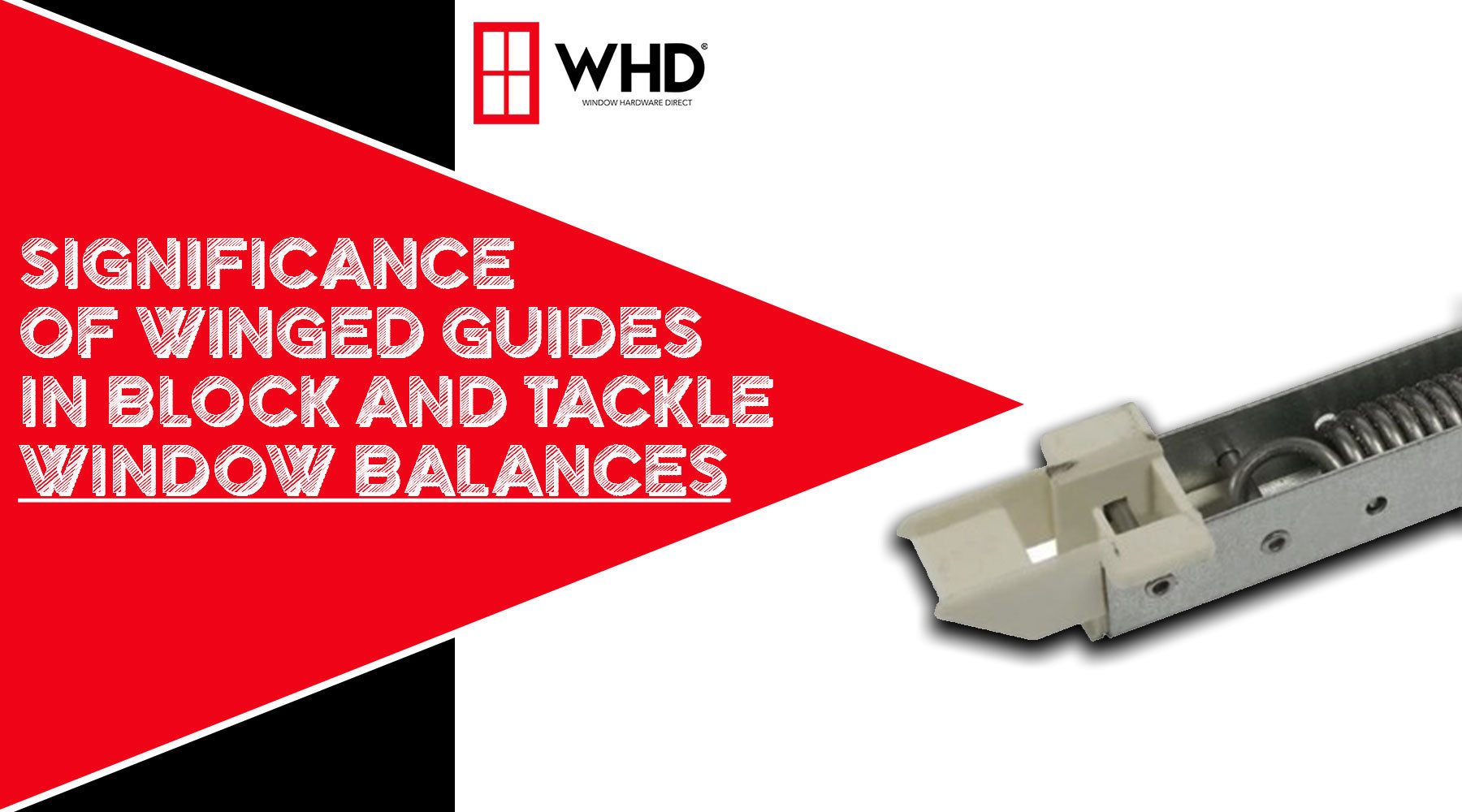
The Significance of Winged Guides in Block & Tackle Window Balances
Windows play a pivotal role in our homes, providing natural light, ventilation, and a connection to the outside world. Behind the scenes, various mechanisms ensure smooth operation, and one such crucial component is the block and tackle window balance. Among the intricate details that contribute to the efficiency of these balances, winged guides stand out as unsung heroes, silently ensuring the seamless movement of windows. This article delves into the significance of winged guides in block and tackle window balances and their impact on the overall functionality of windows.
Understanding Block & Tackle Window Balances
Block and tackle window balances are mechanical devices that aid in the smooth movement of double-hung windows. These balances consist of a system of pulleys, a spring or weight, and a cord or chain. They counterbalance the weight of the window sashes, making it easier to open and close the windows. This mechanism is widely used in residential and commercial buildings due to its efficiency and durability.
The Role of Winged Guides
Guides are essential components of block and tackle window balances, providing crucial support to the pulley system. Winged guides, typically made of durable materials like nylon or other polymers, are attached to the sides of the window frame. Their design includes extended wings or flanges that guide the cord or chain, preventing it from rubbing against the window frame. This seemingly simple function has far-reaching implications for the longevity and smooth operation of the window.
 Reducing Friction and Wear:
Reducing Friction and Wear:
One of the primary functions of balance guides is to reduce friction between the cord or chain and the window frame. As the window is opened and closed, the cord moves within the pulley system, and without proper guidance, it may rub against the frame, leading to increased friction and wear. Winged guides act as protective barriers, ensuring that the cord or chain glides smoothly, minimizing friction and preventing premature wear and tear. It's also recommended to regularly lubricate your window balances to ensure smooth function.
 Enhancing Stability:
Enhancing Stability:
Windows are exposed to various environmental factors, including wind, temperature fluctuations, and building settlement. These factors can affect the stability of the window balances, potentially leading to operational issues. Winged guides play a vital role in stabilizing the movement of the cord or chain within the pulley system. By providing a guided path, they help maintain the balance and prevent the cord from getting caught or tangled, ensuring consistent and stable window operation.
 Noise Reduction:
Noise Reduction:
Efficient winged guides contribute to a quieter and more pleasant window operation. When cords or chains move smoothly within the pulley system, the irritating creaks and squeaks that often accompany window movement are minimized. This not only enhances the overall user experience but also contributes to a quieter and more peaceful living or working environment.

Conclusion
In the intricate world of window mechanics, it's the seemingly small details that make a significant impact. Winged guides in block and tackle window balances may go unnoticed, but their role in reducing friction, enhancing stability, and minimizing noise is indispensable. When choosing or maintaining windows, understanding the significance of these guides becomes crucial for ensuring the long-term efficiency and functionality of our windows. For more information about winged window balances or to place an order for block and tackle window balances with winged guides, Contact the WHD Team! Our experts will be more than happy to help you select the right balances for your windows.


